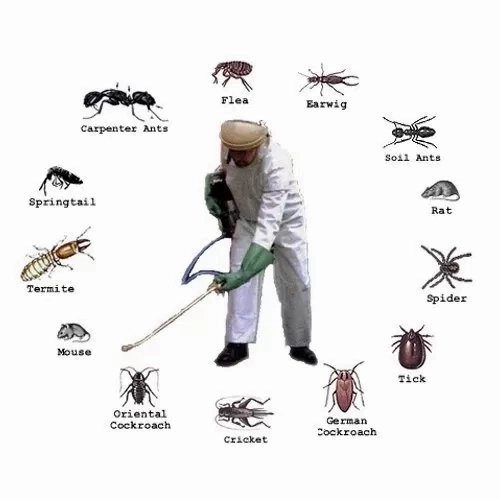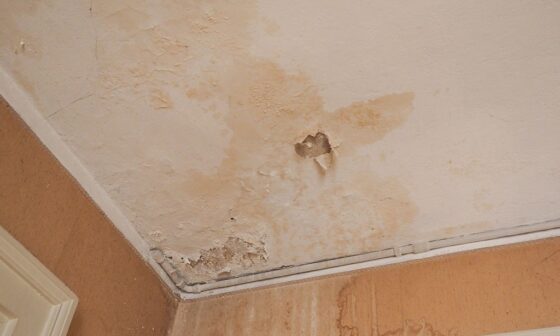If you’re facing a pest problem in your home, you might be wondering how much it’s going to cost you to get rid of it.
While there are many different pest control services available in the UK, one option you might consider is using your local council’s pest control service.
Council pest control services – what are they?

what exactly is a council pest control service? Simply put, it’s a pest control service that’s run by your local council.
Most councils offer pest control services to residents within their boroughs, and they’ll usually be able to deal with a wide range of pest problems, from mice and rats to wasps and bed bugs.
Council pest control prices – how much should you expect to pay?
The cost of pest control services offered by a council may vary depending on the type of infestation, the location, and the council itself.
Generally, councils in the UK offer pest control services for various kinds of infestations, such as rats, mice, ants, wasps, bed bugs, and cockroaches.
The prices for pest control services can also vary depending on the location, with prices being higher in some areas than in others. In addition, the council may offer different packages or services for different types of infestations.
→ For example, the City of London council charges £150 for a standard treatment of rats, mice, or cockroaches, and £120 for wasps. The council also offers a discounted rate for pensioners and those on low income.
→ On the other hand, the Manchester City Council charges £50 for wasp nests and £70 for rat or mice infestations in residential properties. However, if the infestation is in a commercial property, the cost is much higher, ranging from £100-£300.
In general, the cost of pest control services from a council may range from around £50 to £250, depending on the type of infestation and the location.
Other factors to consider
Here are some key factors to consider when choosing a pest control service:
- Quality of service: You’ll want to choose a service that provides high-quality service and gets rid of your pests effectively.
- Technician qualifications and experience: Look for a service with well-trained and experienced pest control technicians who use the latest equipment and techniques.
- Accountability: Council pest control technicians are accountable for their actions and have to follow strict guidelines to provide a safe and effective service.
- Reputation: Choose a service with a good reputation and positive reviews from previous customers.
- Cost: While price shouldn’t be the only factor you consider, it’s important to choose a service that fits within your budget. Council pest control prices are typically reasonable and can be a cost-effective option.
Council pest control services may have waiting lists
The waiting times for council pest control services can vary depending on the area you live in and the time of year.
During peak pest season, which typically runs from spring to autumn, waiting times are likely to be longer. This is because there is a higher demand for pest control services during this time, as pests such as ants, wasps, and rodents become more active.
What You Can Do About It
→ If you’re dealing with a pest problem and need urgent attention, waiting for a council pest control service may not be an option. In this case, you may need to consider using a private pest control service instead. Private pest control services are typically more expensive than council services, but they may be able to provide a faster response.
However, if your pest problem is not urgent, it may be worth waiting for a council pest control service. Council pest control services are typically more affordable than private services, and they often have experienced technicians who can provide effective pest control treatments.
Here are some steps you can take to deal with a pest problem and avoid waiting for a council pest control service:
-
Identify the type of pest you’re dealing with. Different pests require different treatments, so it’s important to know what you’re dealing with before you start trying to get rid of it.
-
Try to determine the severity of the infestation. If you only have a few pests, you may be able to deal with the problem yourself using store-bought pest control products. However, if you have a large infestation, you’ll likely need professional help.
-
Report the problem to your local council’s pest control department as soon as possible. This will put you on the waiting list for their services and may help to reduce your waiting time.
-
If you need urgent attention for a pest problem, consider using a private pest control service. Make sure to get quotes from multiple providers and check their reviews before choosing one.
-
Take steps to prevent future pest infestations. This could include sealing up cracks and gaps in your home, keeping your food stored in sealed containers, and keeping your home clean and tidy.
The Short Answer
Pest control services offered by a council may vary in cost, with the price typically ranging from approximately £50 to £250, depending on various factors. The extent, the type of infestation, and the location are the primary determinants of the final cost.




Comments are closed.